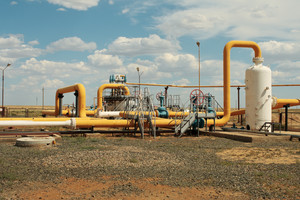
Southport Energy LLC
Image: southportenergy.com
Todd Esse is a co-founder of Southport Energy Partners in Southport, Connecticut. Since 2008, Todd Esse has been the head of business development for the company, and his responsibilities include sourcing and creating investment opportunities up and down the energy value chain.
Building businesses and developing lasting partnerships with individuals and companies with like-minded goals is Southport Energy Partners’ strategy for generating growth and identifying value. The firm develops and implements business opportunities in the energy sector, including those in coal, oil, natural gas, and electric power, to deliver tangible value to its clients.
Southport Energy Partners successfully managed the energy procurement and risk management process necessary to implement a 15-state products pipeline. It took less than three months for Southport to provide the customer with a structured solution for energy procurement, which has so far saved the client $800,000 on energy supplies. Before the project is over, Southport expects to save the client over $2 million.







